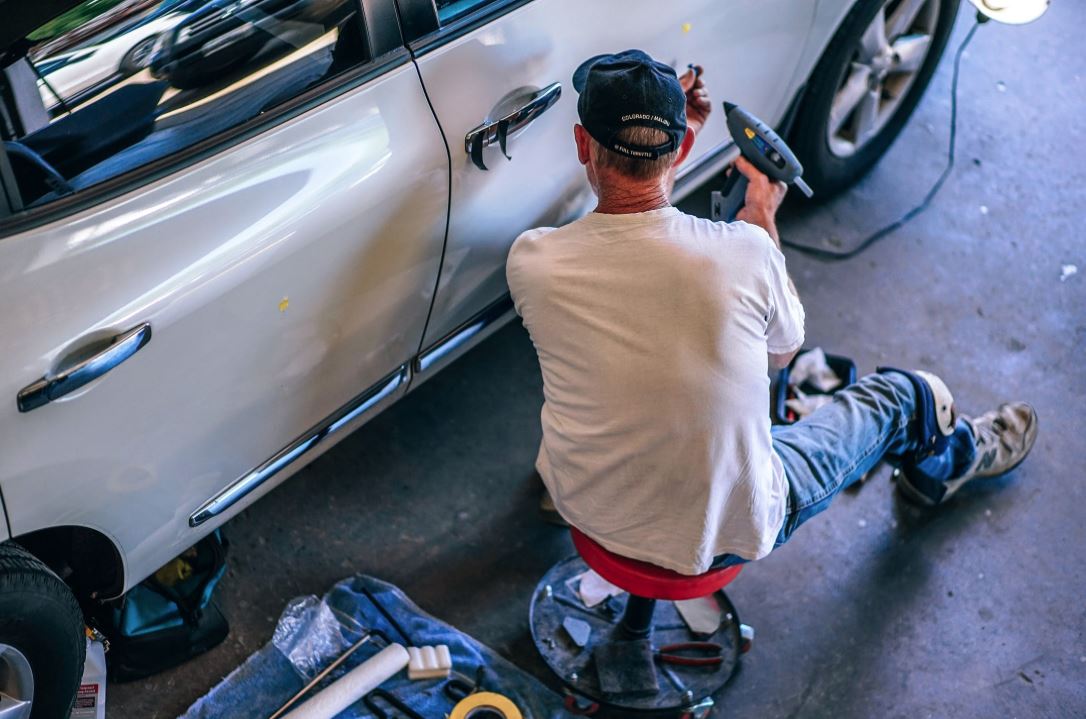Car accidents can be scary and costly: an estimated 18,000 car accidents happen every day in the United States alone. And because one in every seven drivers is completely uninsured, the chances of being in a collision with an uninsured driver are terrifyingly high (source: SixWise and USA Today).
Not every accident can be prevented and, unfortunately, you don’t get to take a peek at the other driver’s coverage until after the crash. However, if you are involved in an accident with an uninsured driver, there are some things you can do.
1. Contact the Authorities
In the immediate aftermath of the accident, whether it’s a fender bender or a serious collision, your first step is to notify the authorities. Not only does this allow emergency personnel to get any injured individuals into medical care, it is the beginning of the recording process.
Even if no one sustained injuries, calling 911 should be your highest priority. Especially when the other driver is uninsured. Police reports are the primary documentation insurance companies use to establish damage costs. You will need documentation later on to proceed with any financial or legal claims.
2. Gather Information
After the police have been called, begin collecting information. You can record the information in any way that’s available to you: written on the back of a napkin, saved in your phone’s text message drafts, or saved as a voice memo, but take down the information. Here’s some information that will be essential later on:
- The Other Driver’s Contact Information: Get the other driver’s name, telephone number, email address, and any insurance information they have. Even in the simplest uninsured motorist claims, contacting the uninsured driver will be vital: most insurance companies require a signed statement from the uninsured driver confirming that they have no coverage before your compensation is released.
- Physical Damages: Make a list of the damage done to your vehicle and any other property. If you have a camera or camera phone handy, take pictures from several angles. However, do not move the vehicles in any way: the police will need to assess the scene before anything can be moved.
- Injuries: Record the injuries sustained by you and your passengers. You may also want to take pictures. If your injuries are treated at a hospital, the staff there will make a record of your injuries.
- Witnesses’ Contact Information: Get contact information from any bystanders who saw the accident. Eyewitness testimony is used to establish the sequence of events.
- The Sequence of Events: Record the events of the accident in as much detail as you can. Make your list as close to the date of the accident as possible and be completely honest. This may help the authorities get a clearer picture of the incident.
If you are unable to gather information due to your injuries, have a passenger or bystander do so.
3. Contact an Attorney
In some cases, uninsured motorist claims can be handled without legal intervention. However, you should not rely on that possibility. If you are concerned that you will not receive a settlement that adequately covers your damages (or will not receive a settlement at all), an attorney can help.
You will be able to schedule a free consultation or send in your case for a simple evaluation from many personal injury and ICBC lawyers (source: Langley firm Kenneth Cristall Law Corporation).
4. Contact Your Insurance Provider
Contact your insurance provider as soon as possible to report the accident and begin the claims process. Your insurer will be able to provide you with directions for submitting your claim. If you have uninsured motorist coverage, ask your provider about what your coverage includes and how long you should expect the process to take.
If you are not found legally at fault in the accident, your insurance premium will not be raised as a result of the accident. Contacting your insurer early on in the process is the best way to protect yourself and expedite the settlement process.
Car accidents are disorienting, inconvenient, and expensive, but they don’t have to spell financial distress for you, even if you are hit by an uninsured driver. Follow these steps to ensure that your damages are taken care of quickly and efficiently, no matter how little insurance coverage the other driver has.





